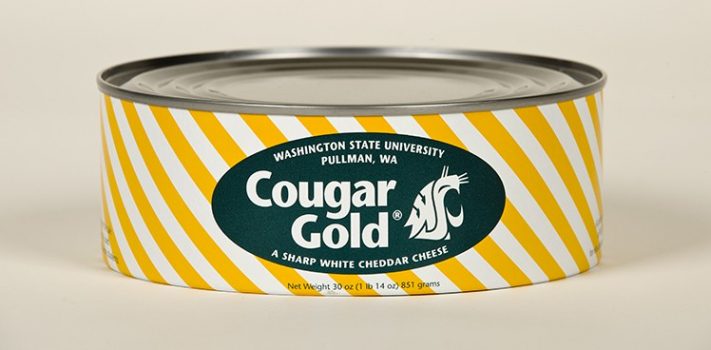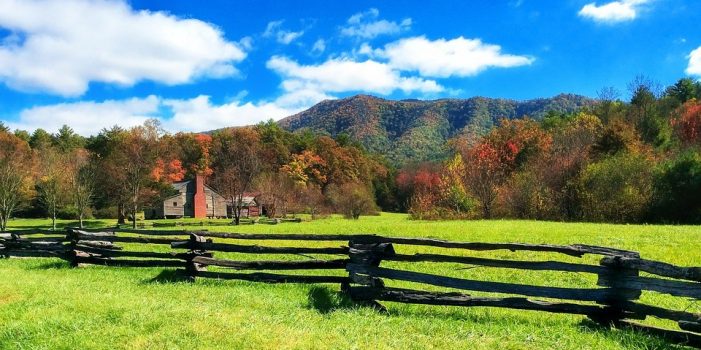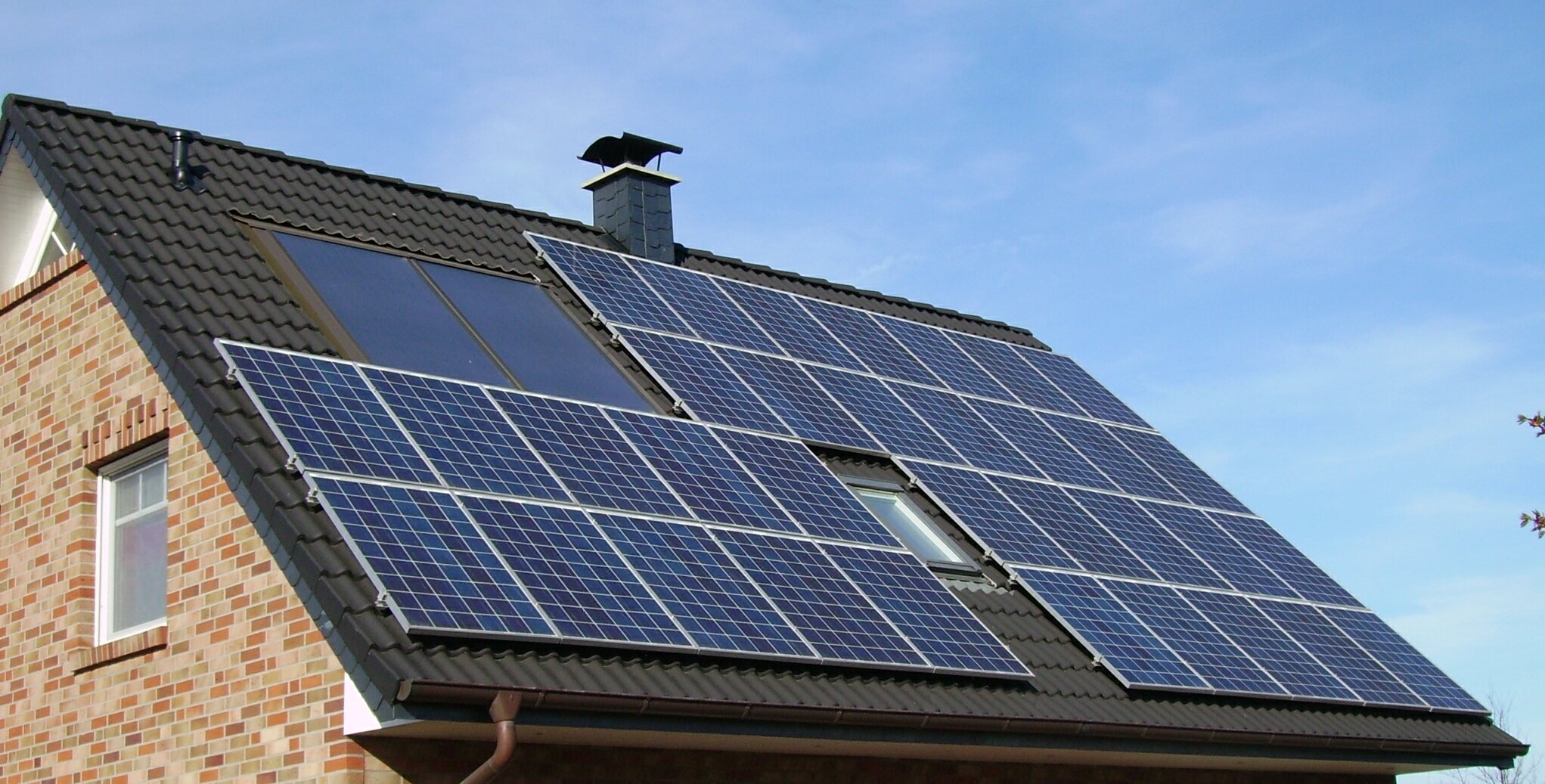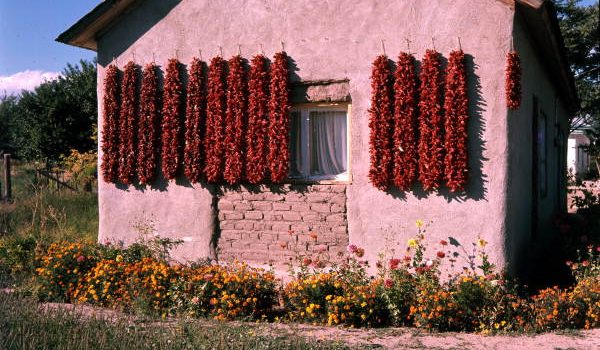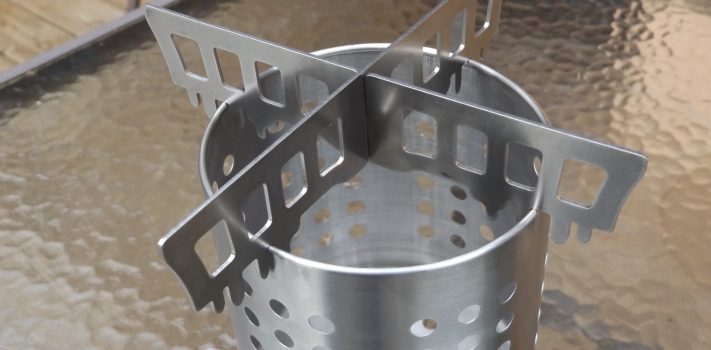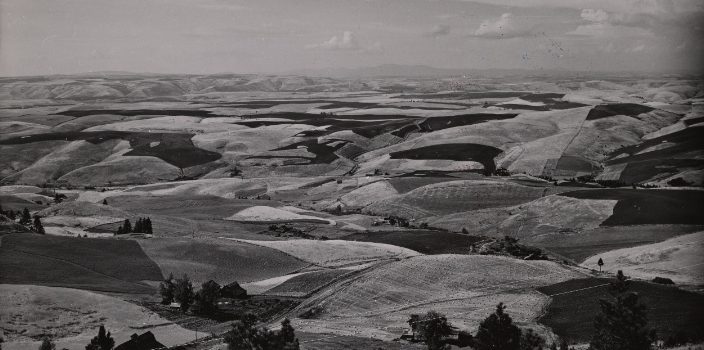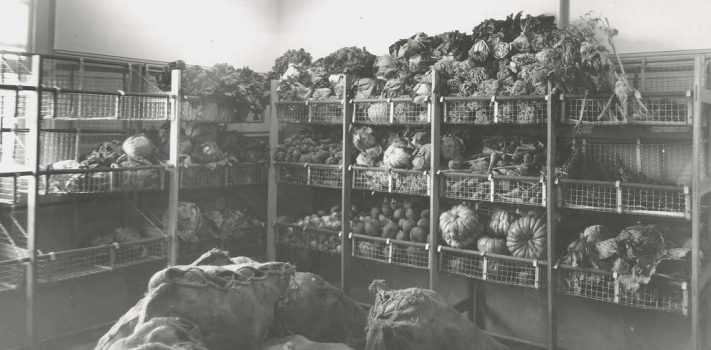SurvivalBlog’s News From The American Redoubt
This weekly column features news stories and event announcements from around the American Redoubt region. (Idaho, Montana, eastern Oregon, eastern Washington, and Wyoming.) Much of the region is also more commonly known as The Inland Northwest. We also mention companies of interest to preppers and survivalists that are located in the Redoubt region. Today, we focus on Cougar Gold canned cheese from the Washington State University Creamery. (See the Washington section.) Region-Wide Top 10 Drives in the Northern Rockies o o o 2019’s Most Patriotic States in America. Predictable results for the Redoubt states. Oregon and Washington surely would have …

